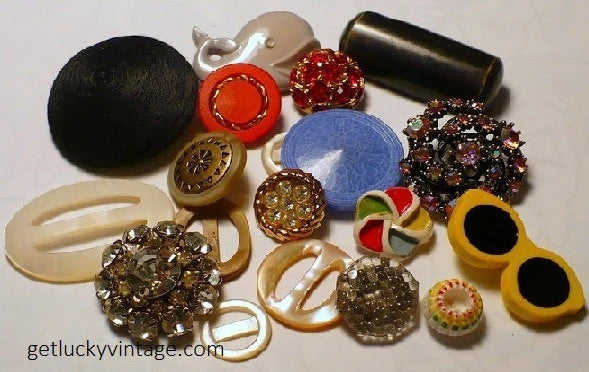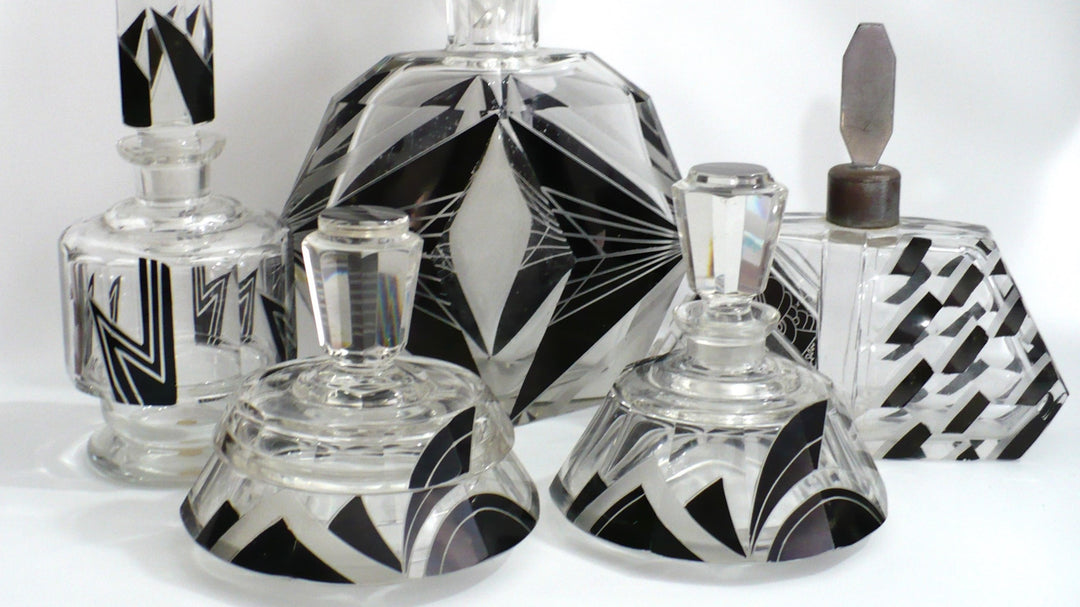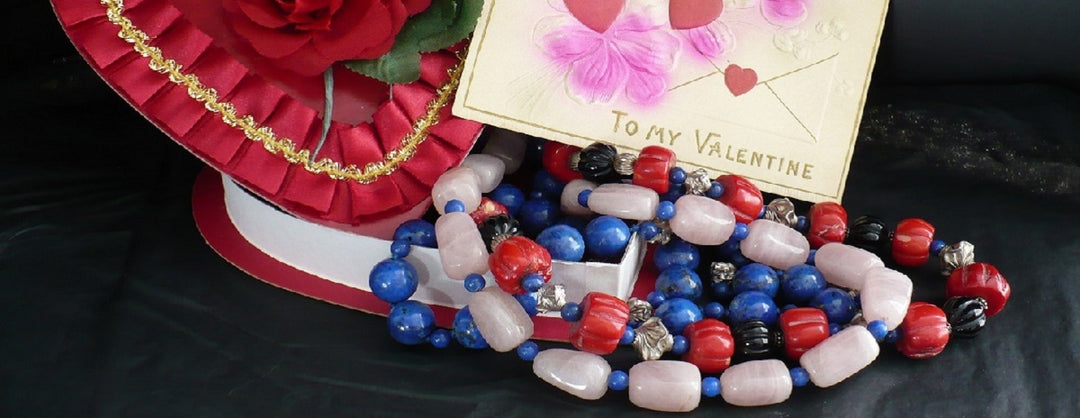The history of reselling clothing and the rise of vintage clothing stores can be traced back to various factors and cultural shifts over time.
Thrift Culture and Secondhand Clothing: The concept of reselling clothing has its roots in thrift culture, which emerged in the late 19th and early 20th centuries. During this time, charitable organizations and social reform movements promoted the idea of donating and reselling used clothing to support those in need. This laid the foundation for the idea of buying and selling secondhand garments.
The Rise of Vintage Fashion: In the mid-20th century, the popularity of vintage fashion began to grow. People started to appreciate the unique styles, craftsmanship, and historical significance of clothing from previous eras. This led to an increased demand for vintage clothing, creating a market for specialized vintage clothing stores.
Counterculture Movements: The 1960s and 1970s saw the rise of counterculture movements, such as the hippie movement and the punk subculture. These movements rejected mainstream fashion and embraced secondhand and vintage clothing as a form of self-expression and a way to differentiate themselves from the mainstream. Vintage clothing stores became gathering places for like-minded individuals seeking unique and alternative fashion options.
Nostalgia and Retro Revivals: In the 1980s and beyond, there was a growing nostalgia for the fashion of previous decades. This nostalgia, combined with the cyclical nature of fashion trends, led to a resurgence of interest in vintage clothing. Vintage clothing stores became popular destinations for people seeking to embrace retro styles or find one-of-a-kind pieces.
Online Marketplaces: With the advent of the internet and e-commerce, the vintage clothing market expanded further. Online platforms provided a global marketplace for vintage sellers and allowed customers to access a wide range of vintage clothing options from the comfort of their homes. This digital shift made vintage fashion more accessible and contributed to its continued popularity.
Vintage Clothing Dealers Today: Vintage clothing sellers today play a significant role in the fashion industry, offering a curated selection of unique and timeless pieces. They serve as cultural archives, preserving and celebrating fashion history while providing customers with the opportunity to express their individuality through clothing.
Whether driven by nostalgia, sustainability, or a desire for personal style, the popularity of vintage clothing and the growth of vintage clothing stores continue to thrive. They offer a glimpse into the past, allowing us to connect with different eras and celebrate the enduring appeal of fashion.




Leave a comment